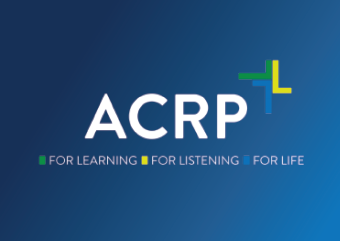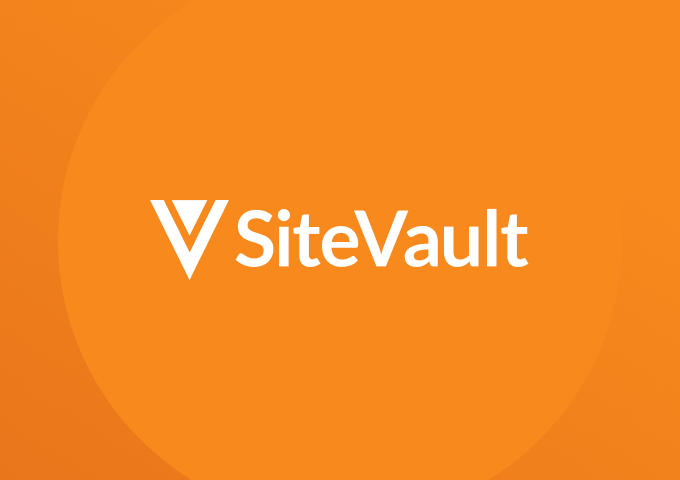EMA Expands Use of Remote Source Data Verification
The European Medicines Agency (EMA) has expanded the use and scope of remote source data verification (rSDV) in clinical trials. The updated guidance, now in its fourth version, justifies the use of rSDV on more trials with fewer restrictions.
This is a positive step forward for the industry as the new guidance balances patient safety with the needs of study sponsors, sites, and investigators in maintaining compliance and minimizing risk to trial integrity while dealing with disruptions caused by COVID-19.
Previous versions of the guidance stipulated that rSDV could only be considered in the case of trials with COVID-19 treatments or prevention, or “in the final data cleaning steps before database lock in pivotal trials investigating serious or life-threatening conditions with no satisfactory treatment option.”
Considering the continuing nature of the pandemic, the EMA guidance states that within certain parameters “rSDV can be justified in clinical trials.” Now, in addition to trials involving COVID treatment or prevention, the revised guidance allows for the use of rSDV for trials that are investigating serious or life-threatening conditions.
The guidance also allows rSDV in all pivotal trials, and in situations where its absence may “likely pose unacceptable risks to participants’ safety or the reliability/integrity of trial results” and in trials that involve particularly vulnerable participants. The latter groups comprise children, participants in temporary (e.g., emergency) trials or permanent trials, such as patients with advanced dementia who are incapable of giving their informed consent.
Annex 1 of the guidance has also been updated to emphasize the need to safeguard trial participants during rSDV. The Annex explains that the principal investigator (PI), the PI’s institution, and the sponsor may be jointly responsible as “controllers” for ensuring that participants’ information is safeguarded. The revised Annex also explains that cross-border monitoring can take place outside of the EU/EEA (European Economic Area), where it previously had been limited to remote monitoring locations with the EU/EEA, as long as the data transfer tool meets the General Data Protection Regulation (GDPR) requirements.
Conclusion
Overall, the revised EMA guidance represents a clearer picture and great news for the industry. Expanded use of remote methods, coupled with a risk-based approach, allow trials that may have been put on hold to open up and move forward—ensuring patient safety, trial integrity, and efficiency.
Learn how Veeva SiteVault enables sites with rSDV.
Author: Bree Burks, RN, MSN
Want exclusive tips and resources?
Be the first to recive upcoming news, join our mailing list.
Subscribe



